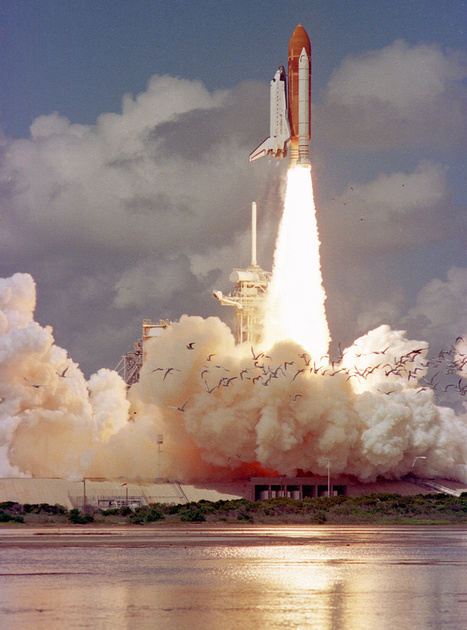I want you all experts to teach me how to photograph objects which has a strong back light with my canon EOS 600D camera mounted with 55-250mm kit lens?
Consider the example of taking photos of people playing on beach waves and there is strong back light. The beach will be the one where sunset happens and the i will be doing the shooting between 4pm to 5.45pm where the sunset time is at 6 pm. So now i hope that this has given much more idea of what kind of back light it will be there.
I have tried taking photos and what i got is all black people similar to shadow.
Try helping me with the settings for my canon camera to achieve perfect picture.
Consider the example of taking photos of people playing on beach waves and there is strong back light. The beach will be the one where sunset happens and the i will be doing the shooting between 4pm to 5.45pm where the sunset time is at 6 pm. So now i hope that this has given much more idea of what kind of back light it will be there.
I have tried taking photos and what i got is all black people similar to shadow.
Try helping me with the settings for my canon camera to achieve perfect picture.



